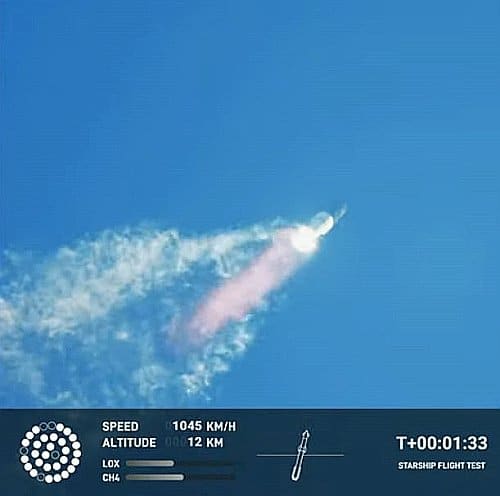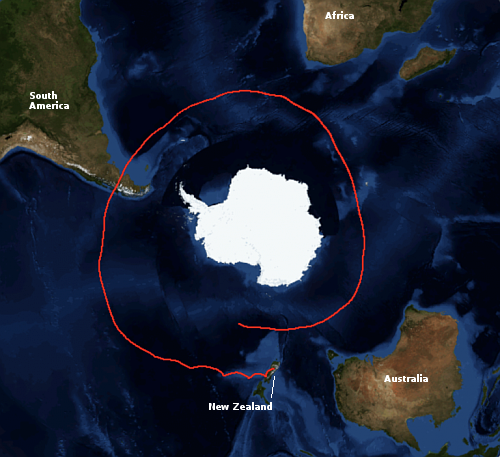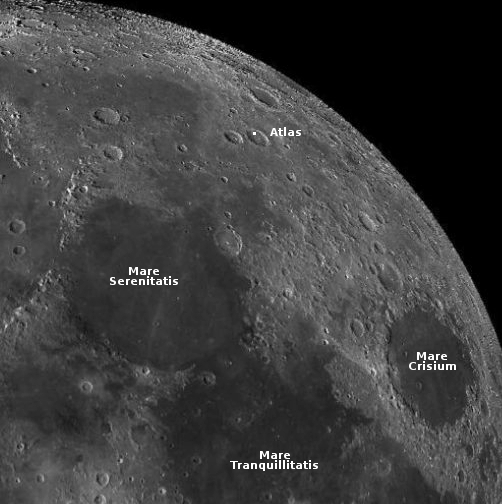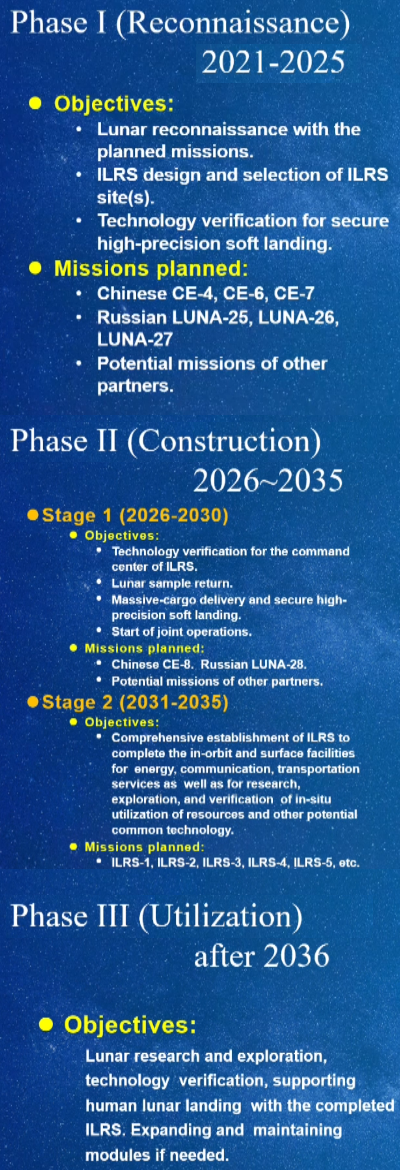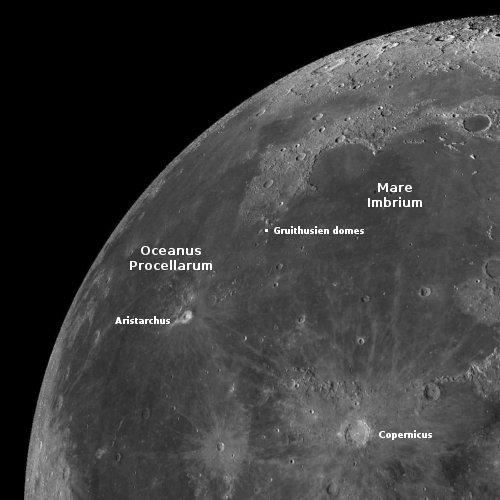Big space Raytheon shifts gears to compete in the new space market
Capitalism in space: Raytheon, a traditional big space contractor focused mostly on winning military contracts, has decided to shifts gears from what has in recent years been a failed effort to compete for major contracts direct from the military and instead offer its capabilities to other commercial space companies.
This decision was fueled largely by the approach of the military’s Space Development Agency (SDA) to commercial contracts.
SDA’s approach to buying satellites from multiple prime contractors under fixed-price contracts is “revolutionizing space acquisitions,” [Raytheon official David Broadbent] said. The agency has been a “huge disrupter,” he said.
“Let’s call it what it is,” Broadbent added. “Raytheon and many of our traditional defense primes were constructed around sole source classified cost-plus businesses, and five to seven-year acquisition cycles.” Those markets no longer exist, he said. “So we’ve had to take a very hard look at ourselves … and drive to a far more efficient model of producing capabilities.”
In other words, Raytheon has recognized that the government golden goose of unlimited cost-plus contracts is gone, and that the company’s over-priced habits under those contracts made it difficult for it to compete against new startups designed to be efficient, low-cost, and quick on their feet.
By marketing its available products directly to other satellite and rocket companies, Raytheon can avoid the long contract competitions of the government, and make sales more effectively. As it does this it will also have time to restructure the company itself, trimming it down and making it more efficient so that it can better compete for government contracts at a later time.
Raytheon’s change is the result of the SDA essentially accepting many of the recommendations put forth in my 2017 policy paper, Capitalism in Space (a free pdf download). Rather than have the military the designer and builder of a few big and expensive satellites (also very vulnerable to attack), it is now the customer buying constellations of many small and cheap satellites from many private companies. Such smallsat constellations are much more difficult to disable by hostile powers.
Capitalism in space: Raytheon, a traditional big space contractor focused mostly on winning military contracts, has decided to shifts gears from what has in recent years been a failed effort to compete for major contracts direct from the military and instead offer its capabilities to other commercial space companies.
This decision was fueled largely by the approach of the military’s Space Development Agency (SDA) to commercial contracts.
SDA’s approach to buying satellites from multiple prime contractors under fixed-price contracts is “revolutionizing space acquisitions,” [Raytheon official David Broadbent] said. The agency has been a “huge disrupter,” he said.
“Let’s call it what it is,” Broadbent added. “Raytheon and many of our traditional defense primes were constructed around sole source classified cost-plus businesses, and five to seven-year acquisition cycles.” Those markets no longer exist, he said. “So we’ve had to take a very hard look at ourselves … and drive to a far more efficient model of producing capabilities.”
In other words, Raytheon has recognized that the government golden goose of unlimited cost-plus contracts is gone, and that the company’s over-priced habits under those contracts made it difficult for it to compete against new startups designed to be efficient, low-cost, and quick on their feet.
By marketing its available products directly to other satellite and rocket companies, Raytheon can avoid the long contract competitions of the government, and make sales more effectively. As it does this it will also have time to restructure the company itself, trimming it down and making it more efficient so that it can better compete for government contracts at a later time.
Raytheon’s change is the result of the SDA essentially accepting many of the recommendations put forth in my 2017 policy paper, Capitalism in Space (a free pdf download). Rather than have the military the designer and builder of a few big and expensive satellites (also very vulnerable to attack), it is now the customer buying constellations of many small and cheap satellites from many private companies. Such smallsat constellations are much more difficult to disable by hostile powers.

